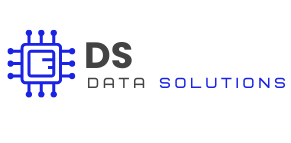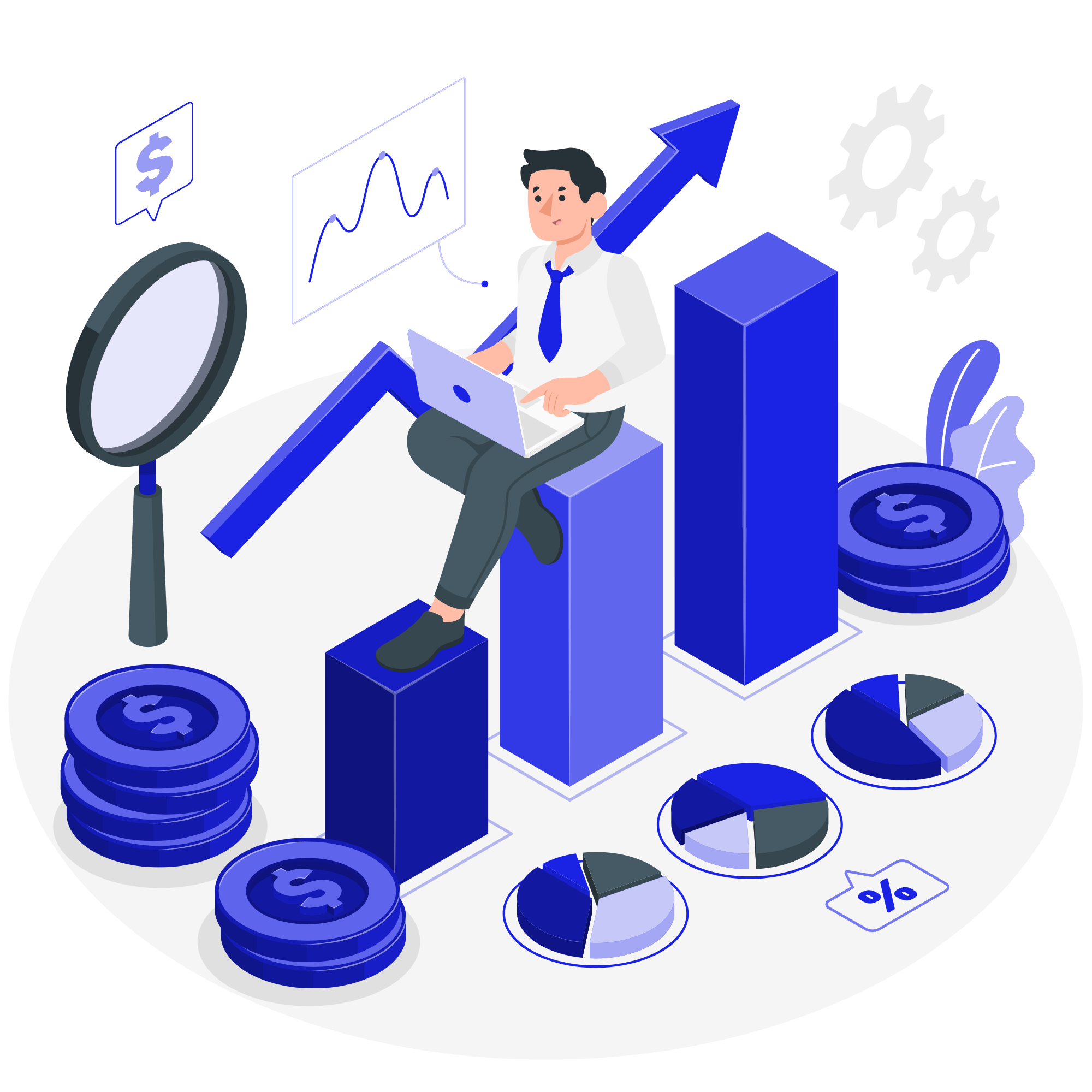Introduction
In the digital age, data is the cornerstone of effective marketing strategies. The ability to collect, analyse, and act on data can make the difference between a successful campaign and a missed opportunity. Web scraping is a powerful tool that allows marketers to gather valuable data from across the web, providing insights into customer behaviour, campaign performance, and content optimization. In this article, we’ll explore 10 ways web scraping can improve your marketing strategy, helping you stay ahead in a competitive market.
1. Understand Customer Behaviour
Web scraping allows you to gather data on how customers interact with your brand and competitors. By analysing customer reviews, social media interactions, and forum discussions, you can gain deep insights into their preferences, pain points, and purchasing decisions.
- Actionable Insights: Use scraped data to identify common customer concerns and preferences, enabling you to tailor your products and services to better meet their needs.
- Trend Analysis: Monitor changes in customer behaviour over time to identify emerging trends and adjust your marketing strategy accordingly.
Example: A beauty brand could scrape customer reviews from multiple platforms to understand what features customers love or dislike about their products, guiding product development and marketing messaging.
2. Track Competitor Marketing Campaigns
Staying informed about competitors’ marketing activities is crucial for maintaining a competitive edge. Web scraping enables you to monitor their campaigns, from email marketing and social media posts to paid ads and promotions.
- Campaign Monitoring: Scrape data from competitors’ websites and social media to track their ongoing marketing campaigns, including the content, frequency, and engagement levels.
- Competitive Analysis: Analyse the success of competitors’ campaigns by scraping engagement metrics, such as likes, shares, and comments, to identify what resonates with their audience.
Example: A digital marketing agency could use web scraping to monitor competitors’ social media campaigns, allowing them to adjust their own strategies to outperform the competition.
3. Optimize Content Strategies
Content is king in digital marketing, and optimizing your content strategy is key to driving engagement and conversions. Web scraping can help you identify the most effective content topics, formats, and distribution channels.
- Content Gap Analysis: Scrape data from industry blogs, forums, and social media to identify content gaps that you can fill with your own high-quality content.
- Keyword Research: Use web scraping to collect data on trending keywords and topics within your industry, helping you create content that resonates with your target audience.
Example: A content marketing team could scrape blog articles and social media posts from top competitors to identify trending topics and keywords, optimizing their own content for better search engine rankings.
4. Monitor Brand Reputation
Maintaining a positive brand reputation is essential for long-term success. Web scraping allows you to monitor online mentions of your brand, helping you manage and respond to public perception in real-time.
- Reputation Management: Scrape mentions of your brand from review sites, forums, and social media to track what customers are saying about you, both positive and negative.
- Crisis Response: Quickly identify and address potential PR crises by monitoring negative mentions or reviews as they occur.
Example: A PR team could use web scraping to monitor mentions of their brand across social media platforms, allowing them to respond quickly to negative comments or reviews.
5. Personalize Marketing Campaigns
Personalization is a powerful tool for increasing customer engagement and conversion rates. Web scraping can help you gather the data needed to create highly targeted and personalized marketing campaigns.
- Customer Segmentation: Use web scraping to collect data on customer demographics, preferences, and behaviour, allowing you to segment your audience and tailor your messaging.
- Dynamic Content: Scrape data from customer interactions to deliver personalized content, such as product recommendations or tailored email campaigns.
Example: An e-commerce company could scrape customer purchase history and browsing behaviour to create personalized product recommendations for their email marketing campaigns.
6. Enhance SEO Strategy
Search engine optimization (SEO) is critical for driving organic traffic to your website. Web scraping can help you analyse your competitors’ SEO strategies, identify high-performing keywords, and optimize your content for better rankings.
- Keyword Tracking: Scrape data on your competitors’ top-performing keywords and content to identify opportunities for improving your own SEO efforts.
- Backlink Analysis: Use web scraping to gather data on competitors’ backlinks, helping you identify potential link-building opportunities.
Example: An SEO specialist could scrape competitor websites to identify the keywords they rank for and the backlinks they’ve acquired, using this information to improve their own site’s rankings.
7. Measure Campaign Performance
Tracking the performance of your marketing campaigns is essential for understanding what works and what doesn’t. Web scraping allows you to collect data on key performance indicators (KPIs), such as click-through rates, conversion rates, and social media engagement.
- Performance Tracking: Scrape data from your marketing platforms to monitor the performance of your campaigns in real-time, enabling you to make adjustments on the fly.
- Benchmarking: Compare your campaign performance against competitors by scraping similar data from their public-facing metrics.
Example: A marketing manager could use web scraping to track the performance of their social media ads, comparing engagement metrics with competitors to identify areas for improvement.
8. Discover Influencer Opportunities
Influencer marketing has become a key component of many digital marketing strategies. Web scraping can help you identify and connect with influencers who align with your brand and target audience.
- Influencer Identification: Scrape social media platforms to identify influencers based on their follower count, engagement rates, and relevance to your industry.
- Campaign Collaboration: Use web scraping to monitor influencer campaigns, allowing you to assess their effectiveness and ROI.
Example: A fashion brand could scrape Instagram to identify influencers with high engagement rates who align with their brand values, reaching out to them for potential collaborations.
9. Optimize Paid Advertising
Paid advertising is a significant investment, and optimizing your ad spend is crucial for maximizing ROI. Web scraping can help you analyse competitors’ ad strategies, keywords, and placements, enabling you to refine your own campaigns.
- Ad Copy Analysis: Scrape data on competitors’ ad copy to identify the messaging and keywords that are driving clicks and conversions.
- Placement Optimization: Use web scraping to analyse where competitors are placing their ads, allowing you to identify high-performing platforms and opportunities.
Example: A digital marketer could scrape Google Ads data to analyse competitors’ ad copy and keywords, optimizing their own campaigns to improve click-through and conversion rates.
10. Improve Market Research
Market research is essential for understanding industry trends, consumer preferences, and competitive landscapes. Web scraping provides the data needed to conduct thorough market research and stay ahead of the curve.
- Industry Trends: Scrape data from industry reports, news sites, and forums to identify emerging trends and shifts in consumer behaviour.
- Competitor Benchmarking: Use web scraping to collect data on competitors’ market positions, product offerings, and pricing strategies, helping you benchmark your performance.
Example: A market research firm could use web scraping to collect data on industry trends and competitor strategies, providing their clients with actionable insights for strategic decision-making.
Conclusion
Web scraping is a powerful tool that can significantly enhance your marketing strategy. By automating the collection of data on customer behaviour, competitor activities, and industry trends, web scraping provides valuable insights that help you make informed, data-driven decisions. Whether you’re optimizing content, personalizing campaigns, or tracking competitor performance, web scraping offers the real-time data you need to stay ahead in a competitive market.
For digital marketers, content creators, and marketing agencies, integrating web scraping into your strategy can lead to more effective campaigns, improved customer engagement, and a stronger competitive position.
Ready to get started?
Ready to harness the power of web scraping for your marketing strategy? Explore our other articles on advanced web scraping techniques, or contact us to learn how our web scraping services can help you achieve your marketing goals.


